Excessive tearing is always caused by dry eyes
Excessive tearing (epiphora) affects many people and can be quite bothersome, interrupting activities of daily living routines. There are many causes of epiphora and a thorough examination is needed to determine the cause. Some patients may suffer from dry eyes and experience reflexive tearing. The body produces more tears in an attempt to keep the eyes healthy and well lubricated. Although dry eyes can be a cause of tearing, there are many other etiologies. A commonly overlooked cause is a mechanical obstruction of the tear drainage system itself. An office examination and a short irrigating procedure will often reveal the cause of excessive tearing.
 Dry eyes are always caused by insufficient production of tears
Dry eyes are always caused by insufficient production of tears
Dry eye syndrome is also common, particularly among those living in arid conditions such as ours. Dry eye can be caused by insufficient tear production. In these cases, use of Restasis eye drops often brings relief.
The cause of dry eye syndrome may also be multifactorial. Blepharitis (inflammation of the eyelids) can exacerbate dryness. Routine eyelid hygiene, including lid scrubs and warm compresses, may help some sufferers. Mechanical factors play a role. Some patients may unknowingly have incomplete eyelid blink and closure. In these circumstances, tears prematurely evaporate from the eye surface, causing dryness and excessive (and reflexive) tearing. Incomplete blink and closure may occur after eyelid or facial surgery (both cosmetic and functional). It may also occur as we grow older and our tendons lose their anchoring strength and hold. Seemingly minute exposure (even less than 1 mm) may cause significant symptoms. Patients may notice irritation, foreign body sensation and tearing upon awakening or in heavily air conditioned or windy environments. A thorough office examination is needed to identify subtle findings and determine the cause of dry eyes.
Punctal plugs will treat excessive tearing
In patients who suffer from dry eye syndrome, punctal plugs may be placed to help alleviate symptoms. These plugs block the entrance to the tear drainage system and allow tears to remain on the eye surface for a longer duration of time. This is akin to placing a stopper in the sink. For those patients with truly dry eyes, this can decrease the amount of reflexive tears that are produced. However, in patients whose tearing is caused by a mechanical outflow obstruction, punctal plugs will worsen the epiphora because there would be two areas of drainage obstruction.
Loss of eyelashes is normal
Our eyelashes are similar to other types of hair on our bodies. They go through different cycles of growth, rest and turnover. Just as we routinely lose a few hairs daily, eyelashes may fall out as well. Normally, these lashes fall out in a random pattern. Concern may arise if a particular area of the eyelid experiences a focalized loss of lashes (known as madarosis). This may be a sign of an eyelid malignancy. The most common eyelid cancer is basal cell carcinoma, which is related to UV exposure. Basal cell carcinoma affects the lower eyelid more commonly. If you have an area of chronic eyelid irritation with loss of all or some lashes, a thorough eyelid examination is recommended.
 My snoring cannot possibly be related to my eyes
My snoring cannot possibly be related to my eyes
Some patients may notice eye irritation in the morning upon awakening. In patients who snore, there may actually be an association with their eyes. Obstructive sleep apnea occurs when the soft tissues of the oropharynx collapse into the airway. This obstruction causes turbulent air flow, resulting in snoring. When the airflow is obstructed, a patient’s oxygen saturation levels decrease and their body causes them to awaken in an attempt to increase oxygenation. Patients with sleep apnea will often sleep on their sides or stomach to decrease snoring. In these sleep positions, patients often bury their faces in their pillows. The eyelids experience tractional forces, causing them to stretch, and increasing exposure of the eye to the surrounding air. The hypoxia induced from the apnea also exacerbates the eyelid changes. When oxygen levels drop, the body forms free radicals. These radicals alter and weaken the support structures of the eyelids. The eyelids become floppier and more prone to eversion when tractional forces are applied. With time, the lids may even evert during sleep, causing the inner surfaces to rub on the pillow. Consequently, patients experience significant eyelid irritation. Obstructive sleep apnea and floppy eyelid syndrome are closely related and result in cyclical, additive changes to the body. The key is to address the underlying apnea itself. Additional comfort measures are also available to relieve the eye irritation.
Dr. Hui is the founder of The Eyelid Institute in Palm Desert. She is an Oculoplastic surgeon and has a special interest in helping patients with Eyelid, Lacrimal and Orbital conditions. An Oculoplastic surgeon is a physician with combined training in Ophthalmic Plastic and Reconstructive Surgery (Oculoplastics) and Ophthalmology who has unique abilities to perform a variety of delicate procedures around the eyes. Dr. Hui can be reached at 760.610.2677.
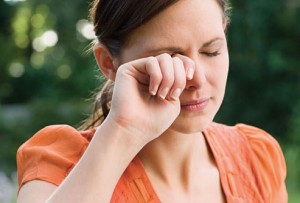 Dry eyes are always caused by insufficient production of tears
Dry eyes are always caused by insufficient production of tears My snoring cannot possibly be related to my eyes
My snoring cannot possibly be related to my eyes







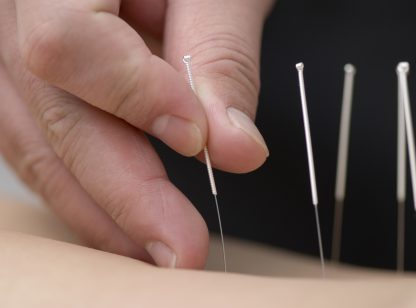
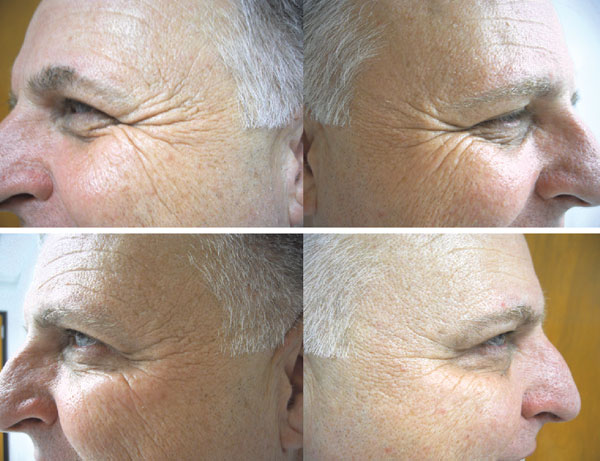

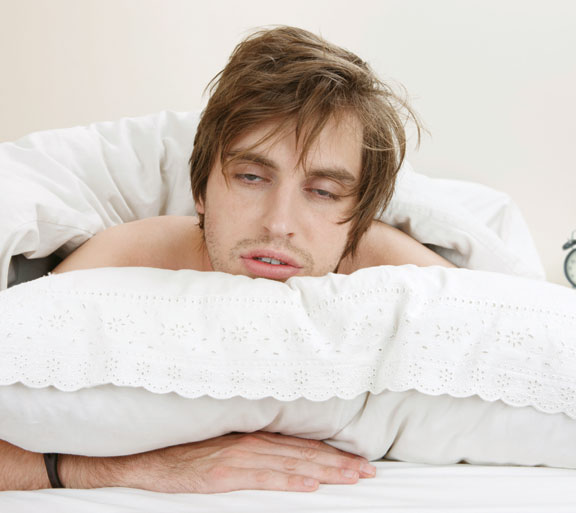

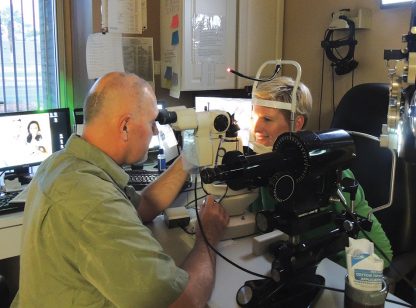




























Comments (0)